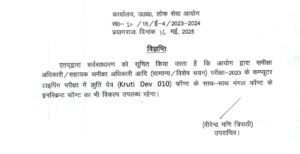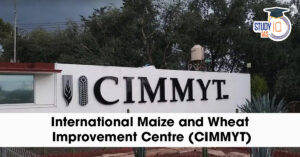Table of Contents
Introduction
The JAGA Mission is a transformative initiative implemented in the state of Odisha, India, aimed at providing land rights, affordable housing, and infrastructure development for the urban poor. Launched in 2018, the mission has brought about significant positive changes in the lives of thousands of vulnerable households, fostering inclusive growth and sustainable development.
Objectives
- Providing secure land tenure: The mission aimed to grant land rights to slum dwellers, ensuring their legal ownership and security of tenure.
- Affordable housing: The mission sought to construct affordable housing units for the urban poor, providing them with safe and decent living conditions.
- Infrastructure development: The mission aimed to develop basic infrastructure such as roads, water supply, sanitation, and electricity in slum areas, improving overall liveability.
Implementation
- Land rights: The mission initiated a comprehensive survey to identify slum dwellers and determine their eligibility for land rights. The government collaborated with various stakeholders, including local communities and civil society organizations, to streamline the process. Legal and technical support was provided to slum dwellers to facilitate the conversion of their informal settlements into formal landholdings.
- Affordable housing: The JAGA Mission focused on constructing multi-story housing complexes with adequate amenities. The government partnered with housing agencies, private developers, and financial institutions to ensure the availability of affordable housing units. The mission prioritized vulnerable groups, such as women-headed households, senior citizens, and people with disabilities, in the allocation process.
- Infrastructure development: To enhance liveability, the mission invested in upgrading the infrastructure in slum areas. This included constructing and repairing roads, improving water supply and sanitation facilities, and ensuring reliable electricity connections. The government worked closely with local authorities, utility providers, and community members to implement these improvements effectively.
Outcomes and Impact
- Empowerment and transformation: The JAGA Mission empowered slum dwellers by granting them land rights, instilling a sense of security and ownership. This led to improved social and economic outcomes, enabling families to access credit, avail government schemes, and invest in their homes and businesses. The mission contributed to poverty reduction and enhanced social inclusion.
- Enhanced liveability: The infrastructure development initiatives significantly improved the quality of life in slum areas. Access to paved roads, reliable water supply, sanitation facilities, and electricity enhanced the overall liveability and reduced health risks. The mission’s efforts also resulted in increased community cohesion and a sense of belonging.
- Strengthened leadership: The JAGA Mission fostered strong community participation and local leadership. It encouraged the formation of community-based organizations, promoting grassroots democracy and participatory decision-making. This empowered the residents to take charge of their development, leading to the emergence of local leaders who actively advocated for their communities’ needs.
Challenges
- Institutional coordination: Coordinating various government departments, agencies, and stakeholders was a complex task. The mission encountered challenges in aligning objectives, streamlining processes, and ensuring effective communication and collaboration. Continuous efforts were made to improve coordination mechanisms and enhance inter-departmental cooperation.
- Sustainability: Ensuring the long-term sustainability of the mission’s outcomes required a focus on capacity building, maintenance of infrastructure, and regular monitoring and evaluation. The government integrated sustainability measures into the mission’s framework and promoted community engagement to ensure the ownership and maintenance of infrastructure assets.
Conclusion
The JAGA Mission in Odisha has emerged as a successful model for transforming the lives, leadership, and liveability of urban poor communities. By providing land rights, affordable housing, and infrastructure development, the mission has empowered vulnerable households, improved their living conditions, and fostered sustainable urban development. The JAGA Mission stands as a testament to the transformative potential of comprehensive and inclusive initiatives in addressing urban challenges and creating resilient and inclusive cities.


 UPPSC RO ARO Exam Date 2025 Out: Typing ...
UPPSC RO ARO Exam Date 2025 Out: Typing ...
 Maharashtra Bill to Curb Urban Naxalism,...
Maharashtra Bill to Curb Urban Naxalism,...
 International Maize and Wheat Improvemen...
International Maize and Wheat Improvemen...





















